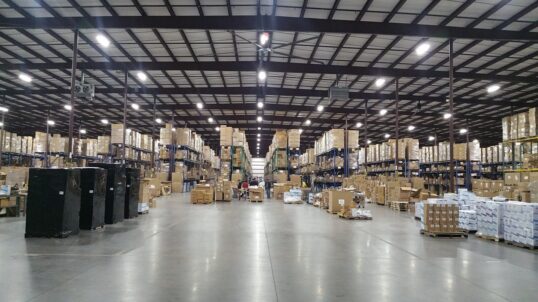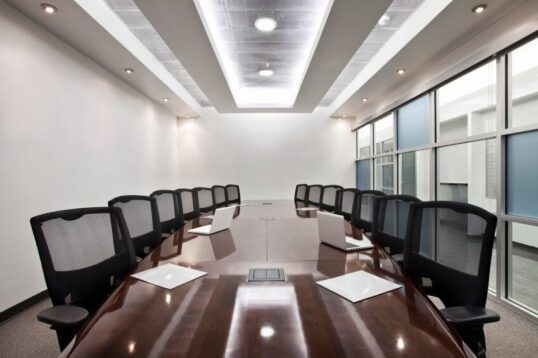Many retail businesses seek places to cut back on costs and improve their bottom line. Some businesses shut off some of their lights during the day and rely on sunlight to illuminate the building. Other companies have become a little stricter on what temperature their thermostat is set to. Although we believe natural light is an excellent solution, it isn’t right for everyone. Turning up the thermostat can make customers uncomfortable and less likely to shop. By switching to LED lighting, businesses can save money on lighting and air conditioning costs without the adverse effects of inconsistent natural light and warmer store temperatures. Because LEDs don’t produce heat, buildings stay cooler. They also consume less power than traditional lighting.
According to the U.S. Department of Energy, 42% of an average retailer’s electricity bill is spent on lighting. If retail businesses installed LED lighting, they could save $6,400 – $8,000 yearly per 10,000 square feet. Braxton’s Animal Works, a family-based pet supply store in Philadelphia, replaced its incandescent and fluorescent lamps with LEDs. Their average electricity bills were $1,735 each month, and $761 of that was spent on lighting. With the new LED lamps, lighting costs are only $100.56 monthly! They are expecting to save $8,772 each year and $260,631 over the bulbs’ 80,000-hour lifetimes.
Chestnut Hill Supermarket in Newton, Massachusetts, also swapped its incandescent and fluorescent lamps for LEDs. They have seen a 50-65% reduction in energy consumption, not to mention the money they save on replacement and maintenance costs. Chestnut Hill Supermarket was excited to learn their new LED lamps would last 10 years. Their old lamps only lasted 8-18 months.
If all retail businesses traded their old lighting for LEDs, they could save $6.6 million annually. They would also eliminate enough CO2 emissions to equal seven million cars. Over 30 years, they could save a total of $200 billion in electricity and reduce carbon emissions by 1.3 billion tons. An action such as exchanging an old light bulb for an LED lamp can significantly impact a retail business’s pocket and carbon footprint.






